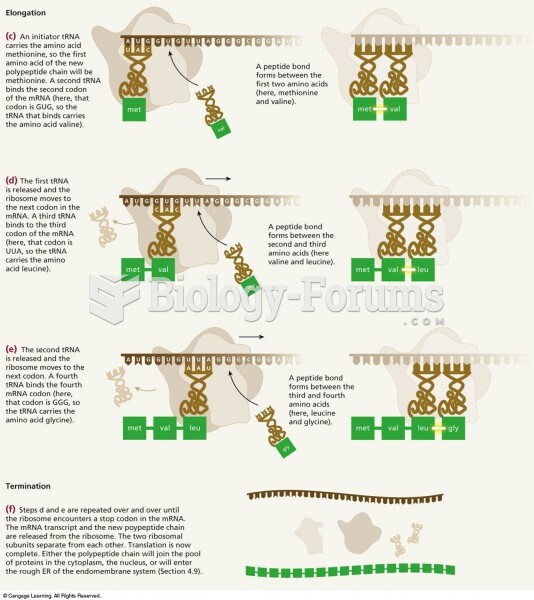Answer to Question 1
d
Answer to Question 2
Newspaper advertising's strengths are:
1 . Because people read newspapers for news, they are in the right mental frame to process advertisements that present news of store openings, new products, sales, and so forth.
2 . Mass audience coverage. Coverage is not restricted to specific socioeconomic or demographic groups but rather extends across all strata. However, newspaper readers on average are more economically upscale than television viewers.
3 . Flexibility. National advertisers can adjust copy to match the specific buying preferences and peculiarities of localized markets. Advertising copy can be placed in a newspaper section that is compatible with the advertised product. A second facet of flexibility is that this medium enables advertisers to design an ad of virtually any size.
4 . Ability to use detailed copy. Detailed product information and extensive editorial passages are used in newspaper advertising to an extent unparalleled by any other medium.
5 . Timeliness. Short lead times permit advertisers to tie in advertising copy with local market developments or newsworthy events.
Newspaper advertising's limitations are:
1 . Clutter. There are a large number of ads.
2 . Not a highly selective medium. Newspapers are able to reach broad cross sections of people but, with few exceptions, are unable to reach specific groups of consumers effectively.
3 . Occasional users pay higher rates. Newspapers' rate cards show higher rates for national than local advertisers.
4 . Mediocre reproduction quality. Newspapers are not generally known to enhance a product's perceived quality, elegance, or snob appeal as can magazines and television.
5 . Buying difficulty. This is particularly a problem in the case of the national advertiser who wishes to secure newspaper space in a variety of different markets. On top of the high rates charged to national advertisers is the fact that each newspaper must be contacted individually.
6 . Changing composition of newspaper readers. The large and attractive group of consumers aged 30 to 44 are reading newspapers less frequently than ever.
7 Declining readership. Although readership has declined, all major newspapers have created online sites that have attracted readers who do not pay for printed papers.
Newspapers have become more active in their efforts to increase national advertising. The advertising industry adopted a standardized system known as the Standardized Advertising Unit (SAU) system, which made it possible for advertisers to purchase any one of 56 standard ad sizes to fit the advertising publishing parameters of all newspapers in the United States. The Newspaper Advertising Association (NAA) offers a variety of services that assist both newspapers and national advertisers by simplifying the task of buying newspaper space and by offering discounts that make newspapers a more attractive medium.
 It is important to ask patients what other health care providers they are seeing, such as the dentis
It is important to ask patients what other health care providers they are seeing, such as the dentis
 The world has been horrified recently at a U.S. Congress so polarized and paralyzed that it cannot p
The world has been horrified recently at a U.S. Congress so polarized and paralyzed that it cannot p





